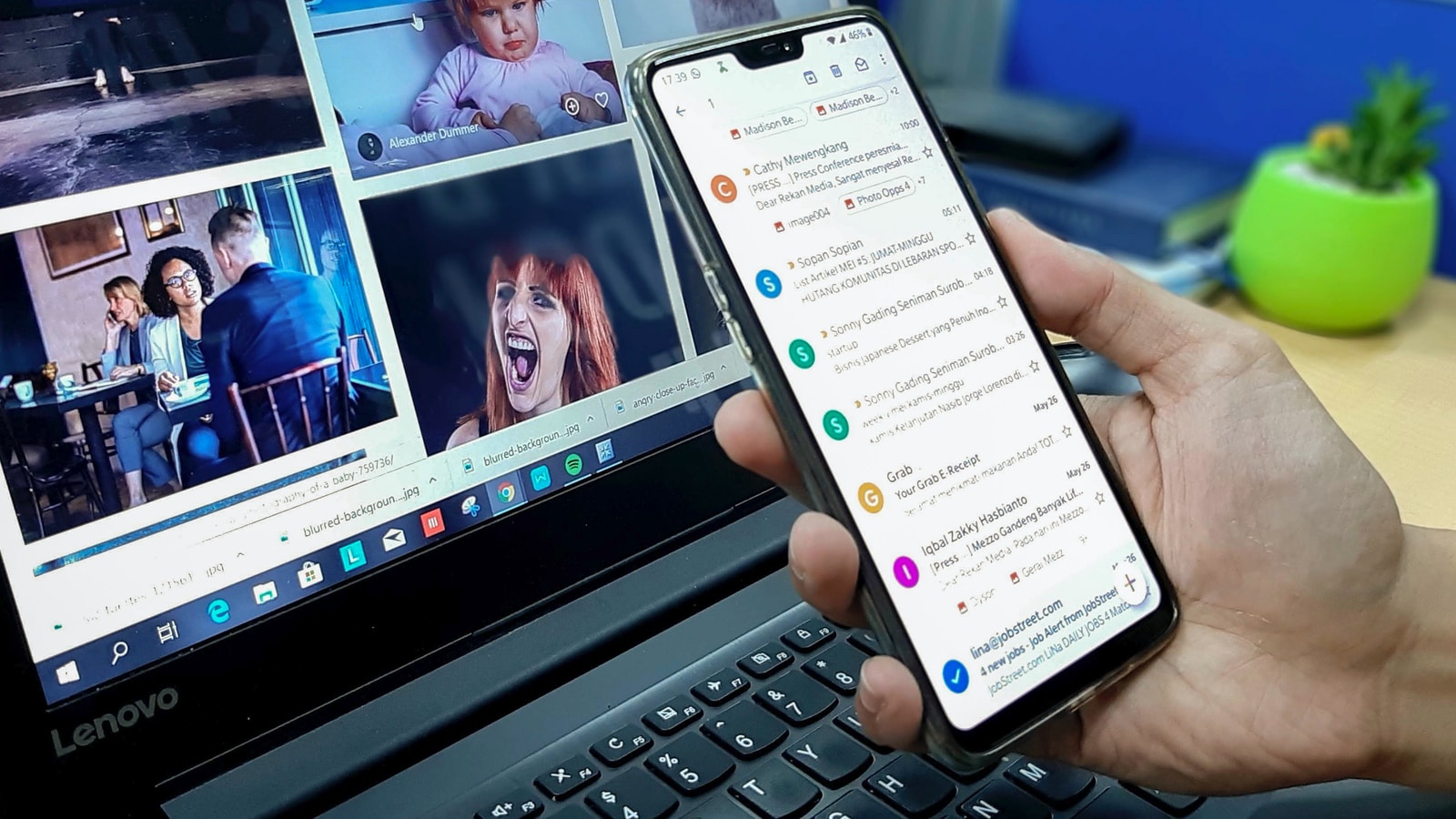Examples of clickbait on YouTube
The most common example of clickbait on YouTube is adding a thumbnail image and a headline that do not correspond to the content that the user is going to find but that generates as much curiosity as possible.
In some cases it works to include numbers, capitalize and add emojis, without a doubt these elements will make people feel more interested through the video.
YouTube is one of the platforms where this tool is based more on curiosity and uncertainty, so you may see headlines that don’t make sense, but they generate curiosity.
Examples of clickbait in social networks
As for social networks, Facebook is one of the ones that uses clickbait the most; but you have to be careful, because if the use is excessive, the platform penalizes you.
There are many examples of clickbait on social networks, so you have to be very careful with what you post. The title must go towards a general topic, with value in the information.
The most common that we see on this platform are titles such as:
He took a picture and look what happened
He took a picture of himself in the mirror and look what happened
Now this example of clickbait on Facebook was one of the most viral.
“Boy” smoking on the soccer field was NOT what it seemed; IT WILL SURPRISE YOU.
It became a trend and the article contains real information. But it didn’t end up being as shocking, like the protruding capital letters in the headline.
On Instagram it works exactly the same as on Facebook, only it is not used as much, since not all users have the possibility of posting links.
Examples of Clickbait in blogs or news portals
News portals or web pages are the platforms that make the most use of this valuable technique. Portals like Buzzfeed or Playground have made this technique very popular.
In these channels, the tool is used with a description that encourages clicking, making use of keywords that appear in bold, and also using bold and capital letters. The most common is to create lists of publications, as these are more attractive.
Example:
15 things you may not know are rude in other countries
Out of curiosity, the reader will click on the content, and will see which are those “15 things” that are not well regarded in other countries.
It’s the easiest way to get traffic through clickbait, but once again, it should be used wisely and sparingly.

